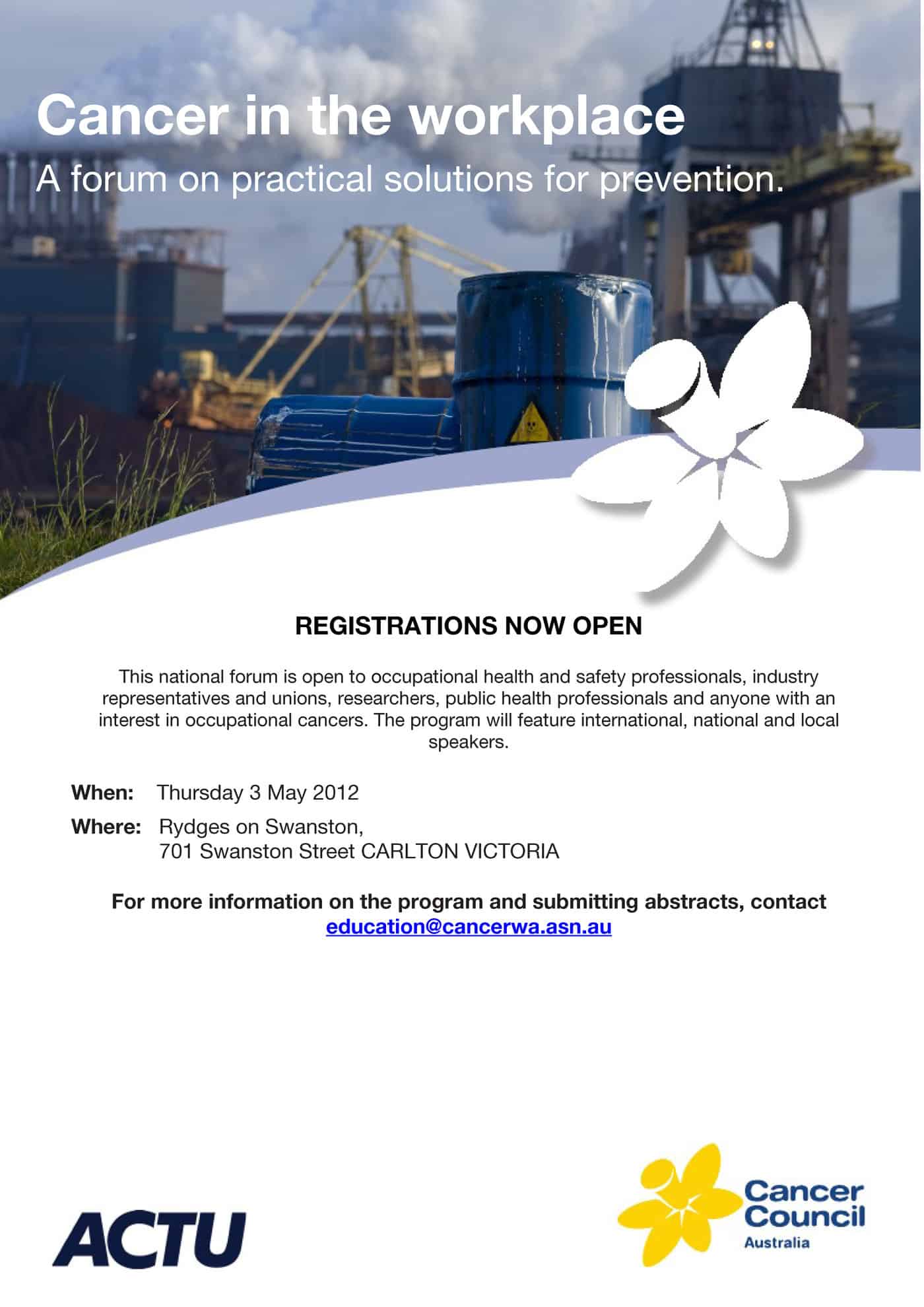The April 2012 edition of the UK magazine Training Journal makes a statement that is so simple, safety professionals should be kicking themselves. The safety profession is trying to change the measurement of safety from lag indicators to lead, from negatives to positives, from failures to successes and yet we continue to talk about zero harm. In Training Journal, Stuart Walkley states that
“…we face a new challenge, not just to ‘do no harm’ but to ‘do some good’ in the workplace, to create a healthy working environment that supports and contributes to our wellbeing.”
“Do some good”. I would rather be a Do Some Good Manager than a Zero Harm Manager. Focussing on the safety positive is what I do as a safety adviser but saying that my job is to “do some good” makes me feel better about my job than if I was minimising the negative, which is what the zero harm descriptor does.
Also, “do some good” sits well with the new approach that safety professionals are supposed to have, having to blend the psychosocial hazards into our risk controls approach. Continue reading ““Do some good” sounds more effective than achieving “zero harm””




